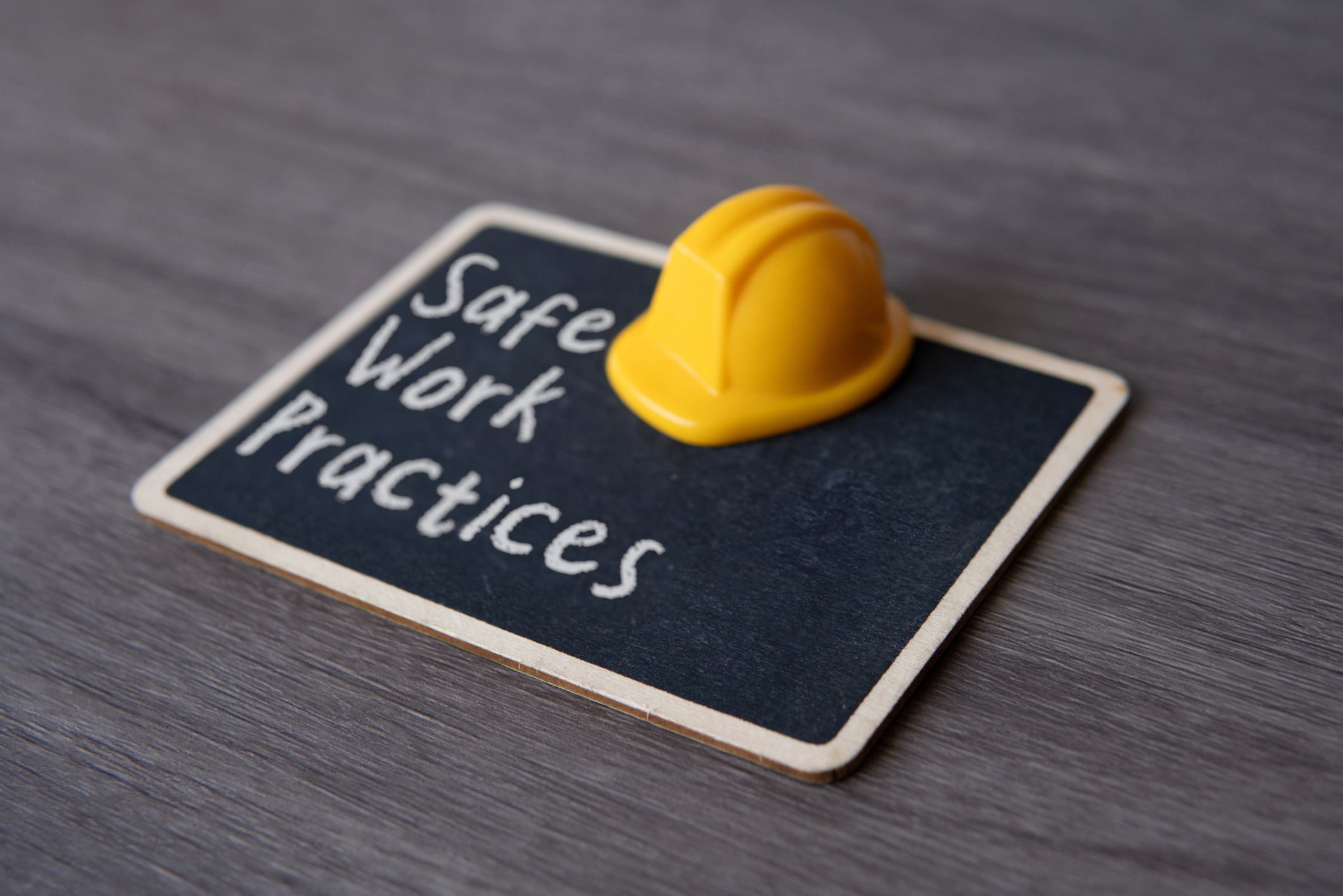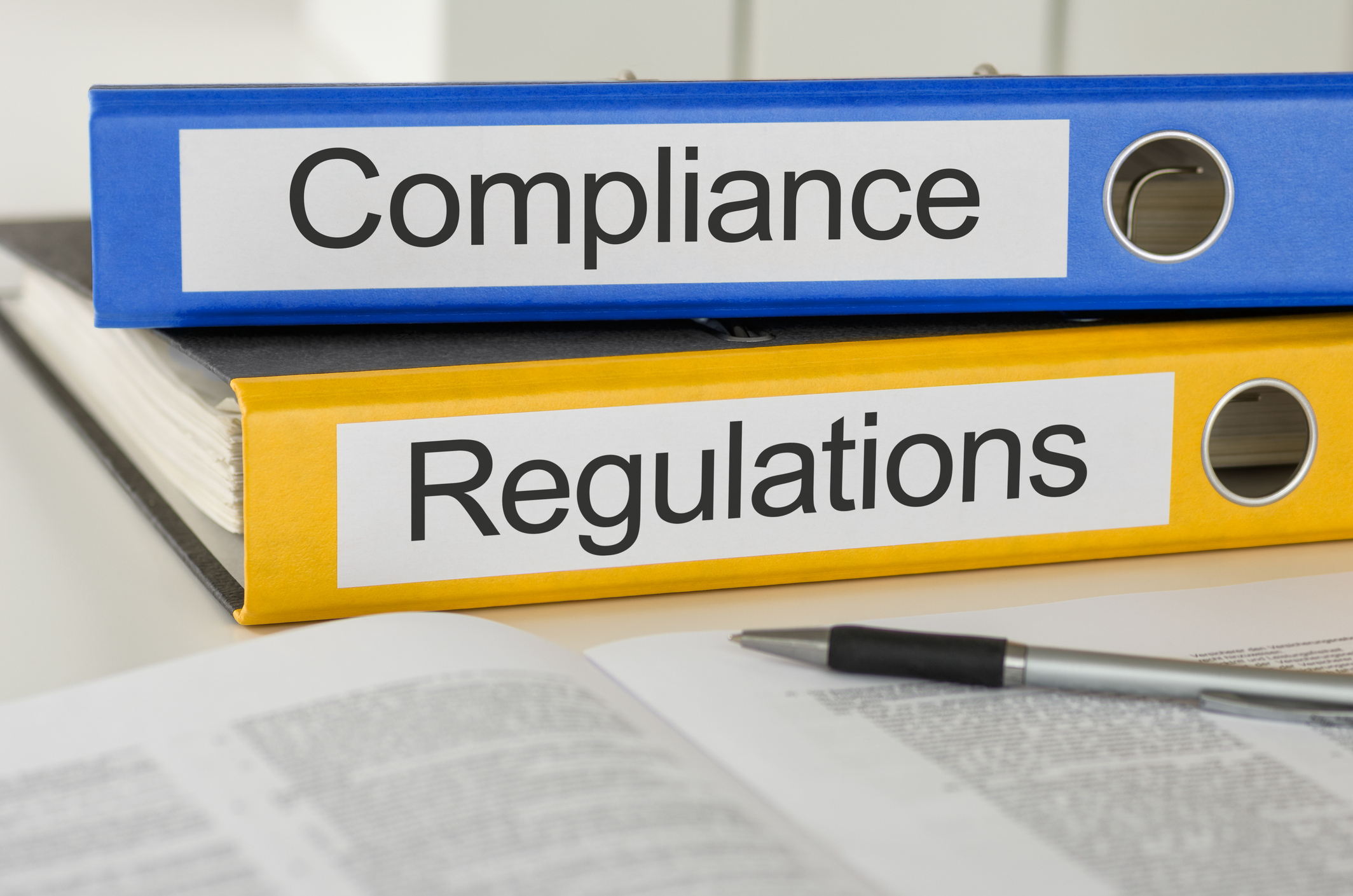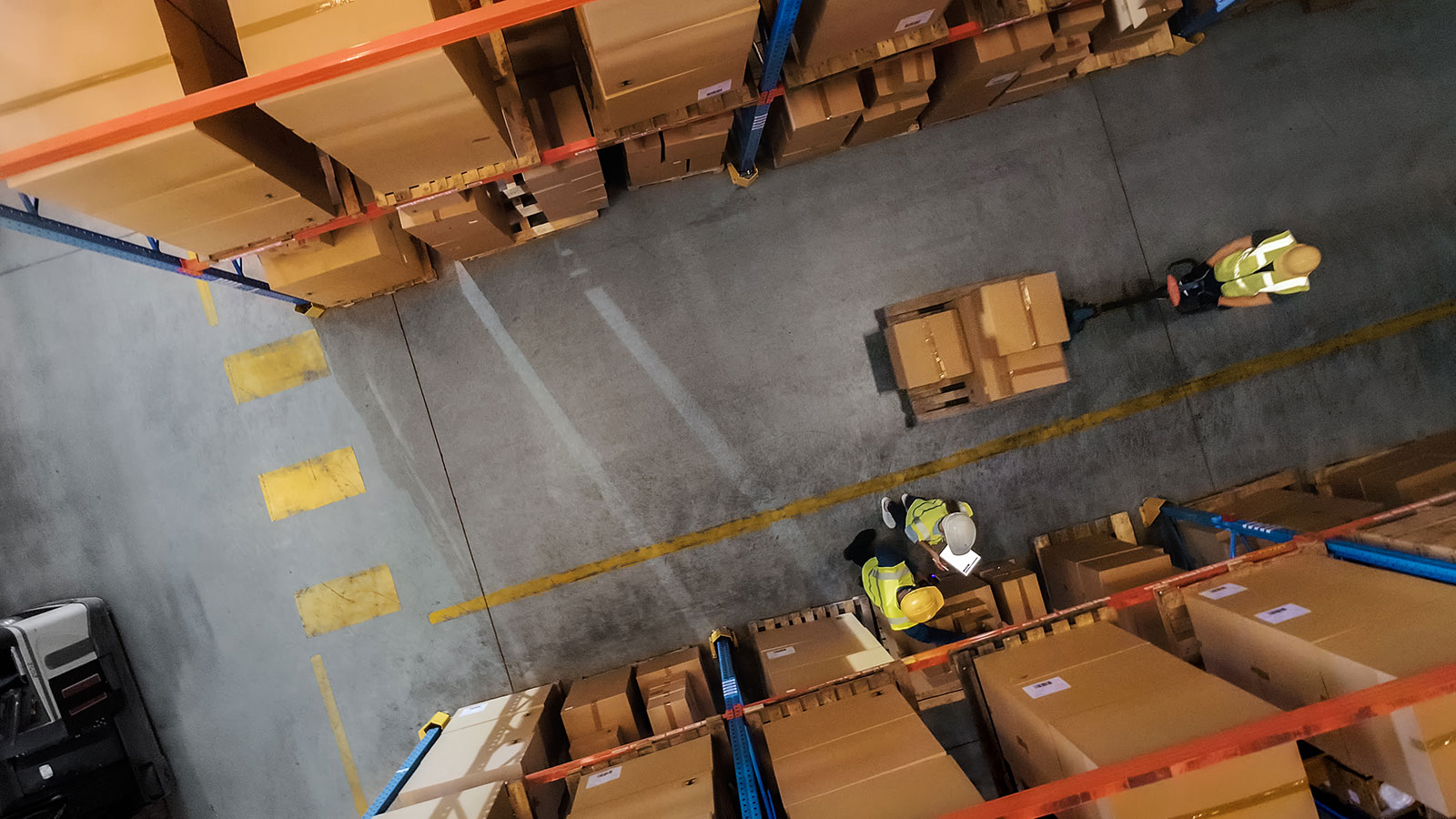
As we celebrate National Safe Work Month in Australia, it’s essential to highlight the significance of safety training in the workplace. While regulations, equipment, and procedures are crucial, the knowledge and preparedness of employees are key to maintaining a safe environment. Here’s why safety training is vital and what every employee should know.
Understanding Workplace Risks
Why It Matters: Every workplace has unique hazards, from physical dangers like machinery and slips to chemical exposures in labs or kitchens. Safety training equips employees with the knowledge to identify and assess these risks.
What to Know: Employees should be familiar with specific hazards associated with their roles, including how to recognise potential dangers in their environment. Regular training sessions should cover industry-specific risks, ensuring that employees are always aware of what to look out for.
Promoting Safe Work Practices:
Training helps instill safe work habits that can prevent accidents and injuries. When employees understand best practices, they are more likely to follow them.
Employees should learn proper techniques for manual handling, operating machinery, and using personal protective equipment (PPE). Emphasis on hands-on practice during training sessions can reinforce these concepts, making it easier for employees to remember and apply them on the job.
Fostering a culture of Safety
Safety training promotes a culture where everyone prioritizes safety. When employees feel involved in safety initiatives, they are more likely to take ownership of their own and their coworkers’ safety.
Employees should understand that safety is a collective responsibility and feel empowered to report hazards or unsafe behaviours without fear of retribution. Encouraging a proactive approach to safety helps build trust and collaboration among team members.
Emergency Preparedness
Employees should be trained on emergency procedures, including evacuation plans, fire safety protocols, and how to respond to medical emergencies. Conducting regular drills not only helps employees remember procedures but also builds confidence in their ability to act swiftly and effectively in a crisis.
Continuous Learning and Improvement
Safety training isn’t a one-time event; it requires ongoing education and adaptation to new risks and technologies. A commitment to continuous learning can prevent complacency.
Employees should be encouraged to participate in regular training sessions, refreshers, and updates on new safety protocols or equipment. Consider implementing mentorship programs where experienced employees can share their knowledge with newer staff, fostering a culture of learning.
Download a free support services document.

It includes available support services and resources for employees, such as counselling services, and peer support networks to access when needed.
Just fill out the form and we will email it to you.

























